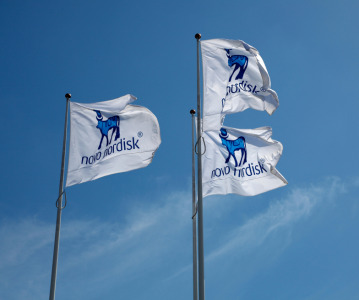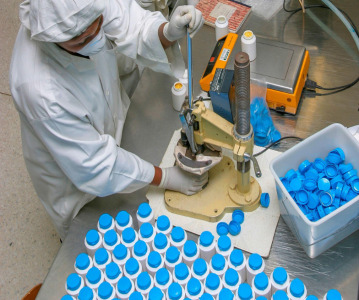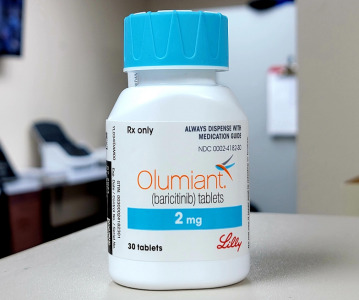Women in Pharma: Moving beyond discussions and into best practice at CPHI Milan
.png)
L-R: Sofia Martinez Garcia Del Real, Rachel Riggs, Luca Grieco, and Silvia Forroova
In this second CPHI Milan special of our monthly series, we cover the key takeaways from the Diversity & Wellbeing track held on October 10, 2024.
This year’s CPHI Milan showcased two headlining panels as part of the Diversity & Wellbeing track - ‘Improving the Wellbeing of the Pharmaceutical Industry’ and ‘Leading with Diversity: The CEO Journey’. Both provided an insightful and meaningful platform for pharmaceutical professionals to discuss how best to support those behind the innovations of the industry – their employees.
Hosted at the Sustainable Futures Theatre, the final day of CPHI Milan brought a conclusion to the conference sessions with two important discussions on the wellbeing and equity and inclusion of the pharmaceutical workforce. After all, as a healthcare industry, the pharmaceutical sector has a role to play in uplifting and maintaining the health and wellness of ALL its workers and patients.
Integrating wellbeing into our daily canvas
Moderated by Sofia Martinez Garcia Del Real, Content Executive at Informa Markets, the ‘Improving the Wellbeing of the Pharmaceutical Industry’ panel brought CPHI’s own Silvia Forroova, Director – Partnerships & Sustainability, Rachel Riggs, General Manager – Environmental Strategy at Maritz, and Luca Grieco, Head of HR France, Italy, Spain at Dr. Reddy’s Laboratories, together for a lengthy discussion on how the industry can prioritise the health and well-being of those that work for the health and well-being of others.
“Wellbeing needs to be considered standard,” commented Forroova. “It needs to be part of our daily canvas, not necessarily setting goals for ourselves but being kind to ourselves and taking small steps for our lives inside and outside the workplace.” For companies, it can be easy to dismiss the idea of wellbeing as irrelevant to business, however Riggs begged to differ.
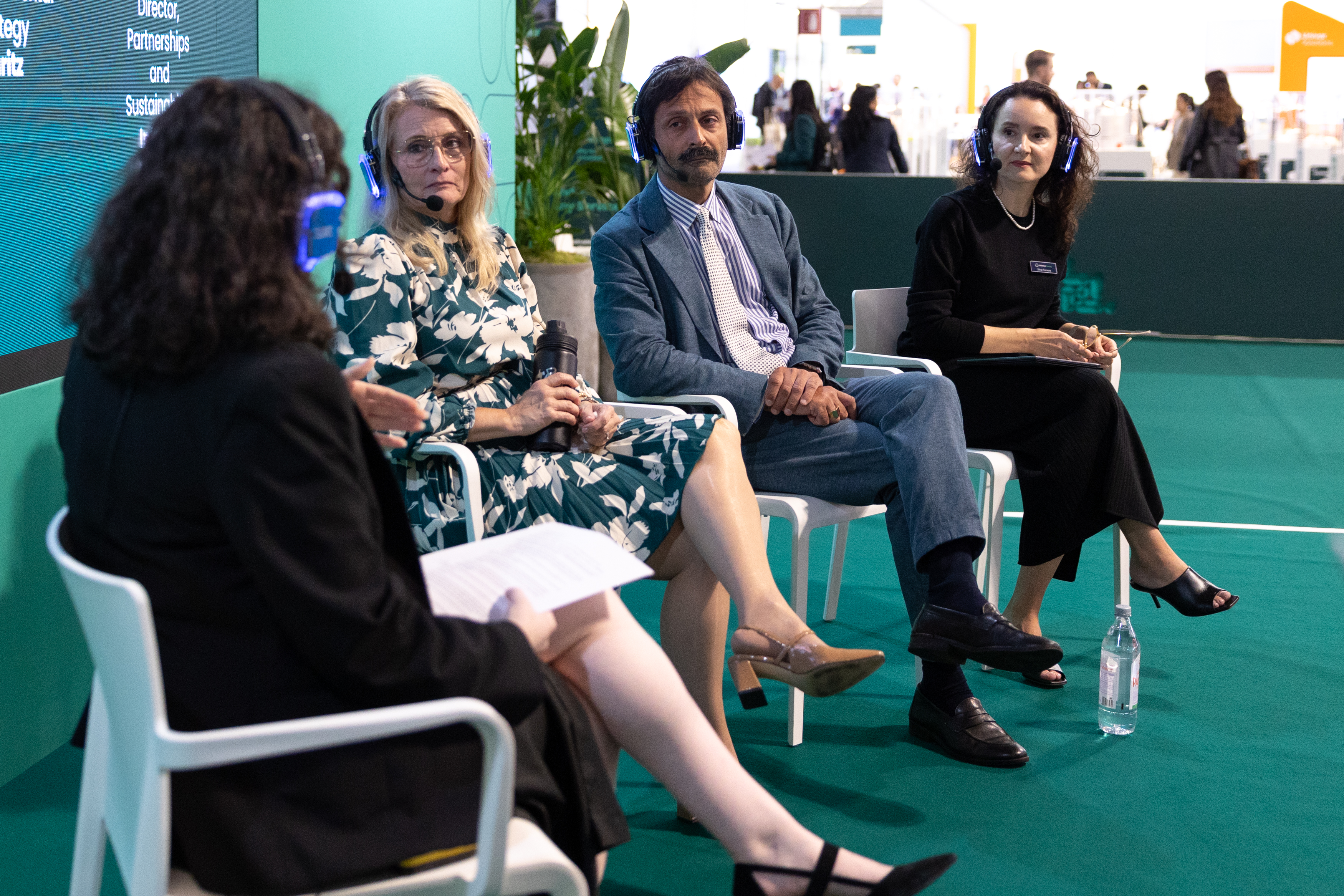 “One of the things that is overlooked is taking time for yourself when you have those unspoken performances, those multiple deadlines and KPIs – you don’t want to miss those deadlines but if you’re performing at a low tank, you’re not going to make it. So you must make sure you take care of yourself to meet those goals of your job,” Riggs added.
“One of the things that is overlooked is taking time for yourself when you have those unspoken performances, those multiple deadlines and KPIs – you don’t want to miss those deadlines but if you’re performing at a low tank, you’re not going to make it. So you must make sure you take care of yourself to meet those goals of your job,” Riggs added.
As leaders within their companies and their teams, the panel was asked about how they as leaders could to help others around them as well as themselves. Grieco answered, “We have to act and behave on what we say and declare every day and every instant with our people.” Walking the talk became a key takeaway for all on the panel. “This is the pivotal factor in building trust,” Grieco added.
“Role modelling, setting the scene, and creating the environment is important, and I think enabling policies that support this creation is the way forward,” Forroova mentioned. “Leaders must consider wellbeing as a part of success, and not just an extra KPI to work towards. Only when this is created and absorbed in the policies of the company, employees will feel that trust and connection to be able to take care of themselves.”
Communication within organisations, as a leader or employee, remained an indispensable component for the panellists in effectively implementing wellbeing mindsets. “Having those conversations and making sure people understand that boundaries are okay at work,” Riggs stated. “That’s really important to embrace.”
“There must be a mutual value exchange,” Forroova added. “That communication channel must be created by leadership as well. The idea of wellbeing gets absorbed differently by different people and cultures, and so what might be safe for me might not be right for someone else. Only when employees feel comfortable to open up in a conversation can accountability be brought up.”
Putting the panel’s conversation into practice, Martinez discussed the importance of bringing such discussions to a wider stage such as CPHI events. “The pharma industry is a space that focuses on taking care of everyone, but rarely do we look inward,” she commented. “Are we taking care of the people that make the pharma industry? We decided to shine a light on the wellbeing of pharma, making sure that every event moving forward has a dedicated space for the wellbeing of the people who keep the heart of pharma alive. We need to take care of ourselves to be able to help others.”
C-suite journeys in leading diversity
The ‘Leading with Diversity’ panel featured executives from across the pharmaceutical supply chain. Emma Banks, CEO of ramarketing, led a riveting discussion on the role of leadership in promoting diversity, equity, and inclusion in the pharma workplace. With panellists Mahmoud Assy, Founder and CEO of Eufonia Diversity, Christina Smolke, CEO of Antheia, Hanns-Christian Mahler, CEO at ten23 health, and Federica Fraschetti, Associate Director of MSD, the last day of CPHI Milan concluded with perhaps the most important discussion – the inclusion and accessibility of ALL in healthcare and pharmaceuticals.
Open communication was again brought up as a key factor in implementing truly diverse practices into hiring, retaining, and recognition of talent. “There is a methodology by Harvard called Adaptive Leadership that redivides challenges into two types – technical and adaptive,” Assy stated. “Technical challenges are those that we know the concrete answers to. Adaptive challenges are those that don’t have a clear answer – increase sales, a successful campaign etc. These don’t have a specific roadmap. When we have a diverse environment, we find that people tend to silence ideas when it comes to technical challenges with ‘we’ve been doing it this way’, especially in sectors that have been around for a long time. There is a tendency to say ‘no, this is how we do it’. When we do that and it comes to adaptive challenges where we want new ideas, we’ve silenced people so much that they no longer want to participate and share their ideas because they don’t want to be silenced yet again. I think this is how we can come about it not just superficially but also integrating it into our practices.” 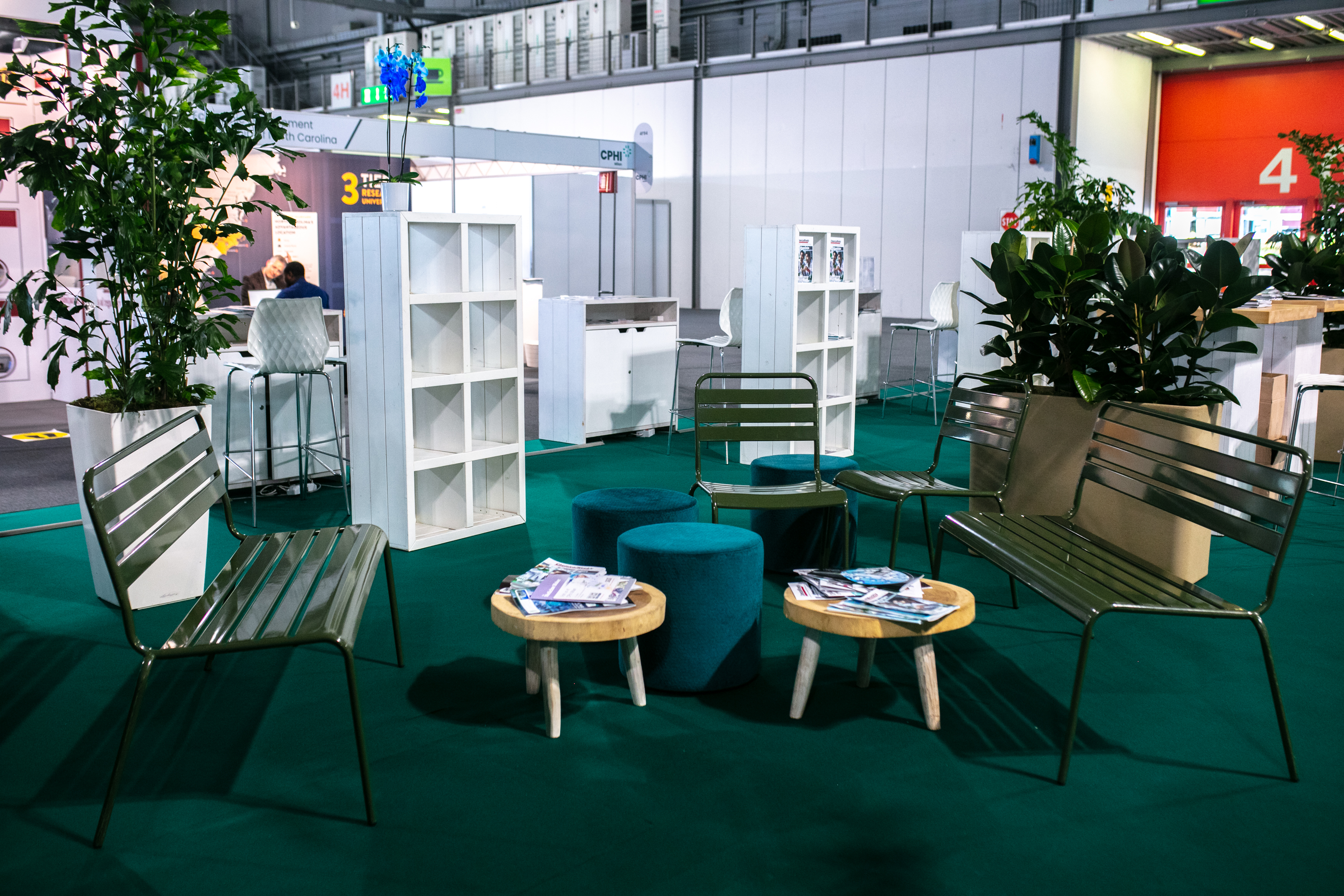
Smolke added, “Part of that is creating the right environment and ensuring that employees feel it is a safe environment that they are going to be heard and listened to. Their ideas may not be the ideas you go forward with but they are an active part of that process – that they are seen and heard. This takes a lot of effort to build that because it takes a lot of time that we think we don’t have. There’s a tendency to want to move things quickly – this is an internal challenge we face.”
Banks then asked the panel how leaders in companies can overcome internal resistance. “The challenge to implementing a truly diverse environment doesn’t come from nowhere – it comes from the people,” Fraschetti answered. “There’s no one-fits-all solution, but we can focus on the training. It’s important to both raise awareness and adapt these processes to your organisation. Some companies use a 10-minute video once a year, but some companies might recognise they need more than that. In-person training with different and specific experiences can get deliver the importance of inclusion and accessibility.”
“That’s why it’s a systems approach and not just an HR issue,” Mahler added.
The panel was asked whether one method of implementing true diversity would be to eliminate such descriptors from team members - “you’re a team, everyone’s on the same side of the table. Is using the words that differentiate us from each other creating the idea of bias?”
Assy disagreed. “Naming things is giving visibility to things. It’s actually telling people that these experiences are real and happening.”
“I think it’s important for the awareness stage of DE&I,” Mahler added. “Language is a very important element of discrimination. We check our materials for potential discriminatory language but if you think about traditional phrases such as ‘it’s not black or white’, it could be discriminatory terms to use. I think it’s very important to be aware of language and how language can evolve.”
As a push to create more awareness and generate more conversations and potential actions, Martinez commented “From women’s inequities in access to treatment and healthcare to discrimination in the workplace or hiring process, a large majority of the population is affected by biases (unconscious or not). Some people – normally those that experience these injustices – realise these problems while others live unaware of them. This is why it’s important to have DE&I centred sessions at events like CPHI, to bring trailblazers that are pushing the boundaries of pharma forward and guiding us to a more open and equitable industry – one that cares for everybody regardless of race, gender, or sexual orientation.”
Do you have a story about diversity in the pharmaceutical industry? Contact [email protected] to have your story featured on CPHI Online as part of our Women in Pharma series.
Related News
-
News AstraZeneca invests in AI collaboration for cancer drug trials
The British-Swedish pharmaceutical giant is partnering with biotechnology firm Immunai Inc to increase the efficiency of some cancer drug trials. -
News Ozempic and Wegovy prices questioned as Novo Nordisk faces US Senate hearing
The CEO of Novo Nordisk was grilled during a US Senate committee hearing on September 24, 2024, in which the exorbitant prices of the Danish company’s blockbuster drugs Ozempic and Wegovy were called into question. -
News The BIOSECURE Act: implications for the pharma supply chain
On September 9, 2024, the US House of Representatives voted to pass the bill titled the BIOSECURE Act (the Act), which lists several Chinese companies in the pharmaceutical supply chain. The Act will prohibit American companies from contracting or doin... -
News On Track at CPHI Milan: Thermo Fisher Scientific Track Sponsor interview
With CPHI Milan just around the corner, we sat down with some of the sponsors for this year’s conference tracks to discuss the most pressing topics in pharma. -
News CPHI Milan Speaker Spotlight: Pharma Manufacturing and Localisation in Africa
In the run-up to CPHI Milan, we sit down with some of the experts and thought-leaders speaking at this year’s conferences. -
News US BIOSECURE Act passed by US House of Representatives
The controversial act, which has already impacted several foreign companies operating in the US, was passed by the House of Representatives on September 9, 2024. It is now headed for the US Senate before it can be signed into law by President Joe Biden... -
News Eli Lilly licenses rheumatoid arthritis manufacturing in Africa
American pharmaceutical company Eli Lilly has signed a partnership with Egyptian organisation Eva Pharma to localise manufacturing of rheumatoid arthritis treatments in Africa. -
Sponsored Content CPHI Online Trend Report: How can flow chemistry help businesses achieve their sustainability goals?
In our latest CPHI Online Trend Report, we partner with Asymchem to understand the innovative potential of flow chemistry for API manufacturing, especially in regards to meeting sustainability goals.
Position your company at the heart of the global Pharma industry with a CPHI Online membership
-
Your products and solutions visible to thousands of visitors within the largest Pharma marketplace
-
Generate high-quality, engaged leads for your business, all year round
-
Promote your business as the industry’s thought-leader by hosting your reports, brochures and videos within your profile
-
Your company’s profile boosted at all participating CPHI events
-
An easy-to-use platform with a detailed dashboard showing your leads and performance
.png)
